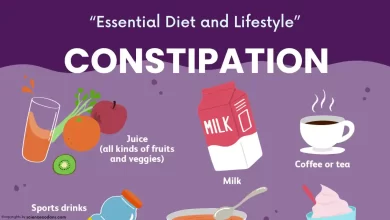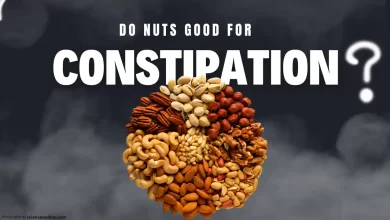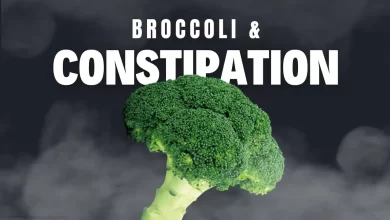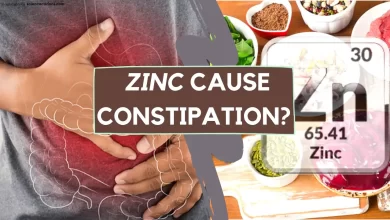Constipation is a common and uncomfortable problem that affects many people. It occurs when the stool becomes hard, dry, and difficult to pass, causing infrequent or incomplete bowel movements. One of the natural remedies that can help relieve constipation is chia seeds.
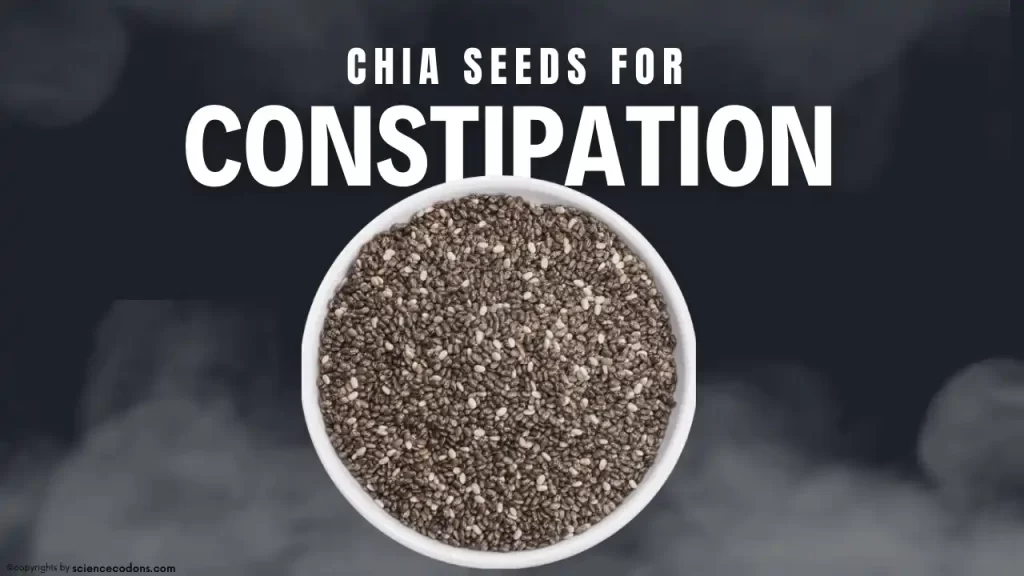
Chia seeds are tiny seeds that come from the plant Salvia hispanica, native to Mexico and Guatemala. They have been used for centuries as a source of food and medicine by the ancient Aztecs and Mayans. Chia seeds are rich in nutrients, such as fiber, omega-3 fatty acids, antioxidants, calcium, magnesium, and phosphorus.
How Chia Seeds Work for Constipation
Chia seeds are especially beneficial for constipation because of their high fiber content. According to the USDA National Nutrient Database, a 28gram [1 ounce (oz)] or 2 1/2 tablespoon (tbsp) serving of chia seeds contains 11.2 g of fiber, which is about 45% of the daily recommended intake for adults. Fiber is essential for maintaining a healthy digestive system, as it adds bulk and softness to the stool, making it easier to pass. Fiber also helps regulate the bowel movements and prevent constipation.
Chia seeds contain two types of fiber
Chia seeds contain two types of fiber: soluble and insoluble. Soluble fiber is the type that dissolves in water and forms a gel-like substance in the gut. This helps slow down the digestion and absorption of nutrients, which can lower blood sugar and cholesterol levels. Insoluble fiber is the type that does not dissolve in water and passes through the gut unchanged. This helps increase the stool volume and stimulate the intestinal muscles, speeding up the transit time and preventing constipation.
Chia seeds are unique in that they can absorb up to 12 times their weight in water, making them swell and become gel-like when soaked in water. This property of chia seeds can help hydrate the stool and lubricate the colon. Chia seeds can also act as a prebiotic, feeding the beneficial bacteria in the gut and improving gut health and function.
How to Use Chia Seeds for Constipation
Chia seeds are versatile and easy to use for constipation. They can be eaten raw, soaked, sprouted, ground, or added to various foods and drinks. Here are some of the ways to use chia seeds for constipation:
Eat them raw: You can eat a spoonful of chia seeds and wash them down with a glass of water. This can help provide a quick dose of fiber and hydration to your gut. However, some people may find this method unpleasant or difficult, as the seeds may stick to the teeth or throat.
Soak them in water: You can soak chia seeds in water for about 15 to 30 minutes or overnight in the refrigerator until they form a gel-like consistency. You can then drink or add the mixture to smoothies, juices, soups, or sauces. This can help increase the water content and softness of the stool, as well as the satiety and nutrient absorption.
Sprout them: You can sprout chia seeds by soaking them in water for a few hours, then draining and rinsing them, and placing them in a jar or a sprouting tray. You can then expose them to indirect sunlight and keep them moist by rinsing them twice daily until they sprout tiny green leaves. You can then eat the sprouts raw or add them to salads, sandwiches, or wraps. Sprouting can help increase the enzyme activity, bioavailability of the nutrients in chia seeds, and fiber content and digestibility.
Grind them: You can grind chia seeds in a blender, coffee grinder, or food processor until they form a fine powder. You can then store the powder in an airtight container and use it as a flour substitute or a thickener for baking, cooking, or making puddings. Grinding can help release the nutrients and fiber in chia seeds, making them easier to digest and absorb.
Add them to foods and drinks: You can add chia seeds to various foods and drinks, such as oatmeal, yogurt, cereal, granola, muffins, bread, pancakes, cookies, cakes, salads, soups, stews, casseroles, or tea. This can help boost the fiber and nutrient content of your meals and snacks, as well as the texture and flavor.
How Much Chia Seeds to Eat for Constipation
There is no official recommendation on how much chia seeds to eat for constipation, as the amount may vary depending on the individual’s needs, preferences, and tolerance. However, some general guidelines are:
Start with a small amount: Chia seeds are high in fiber, which can cause gas, bloating, cramps, or diarrhea if consumed in excess or too quickly. Therefore, it is advisable to start with a small amount, such as 1 teaspoon (tsp) or 1 tbsp, and gradually increase the intake as your body adjusts. You can also soak or grind the seeds to make them easier to digest and prevent them from expanding in your stomach or intestines.
Drink plenty of water: Chia seeds can absorb a lot of water, which can help hydrate the stool and ease constipation. However, this also means that they can dehydrate the body if not enough water is consumed along with them. Therefore, it is important to drink plenty of water, at least 8 to 10 glasses daily, when eating chia seeds for constipation. This can help prevent dehydration, as well as flush out the toxins and waste from the body.
Eat a balanced diet: Chia seeds are not a magic bullet for constipation and should not replace a balanced and nutritious diet. Chia seeds should be consumed as part of a diet that includes a variety of foods that are rich in fiber, such as fruits, vegetables, whole grains, legumes, nuts, and seeds. Fiber can help prevent and relieve constipation by adding bulk and softness to the stool, as well as stimulating the intestinal muscles. On the other hand, a diet that is low in fiber can cause constipation by making the stool hard, dry, and difficult to pass.
Consult your doctor: Chia seeds are generally safe and well-tolerated by most people, but they may not be suitable for everyone. Chia seeds may interact with some medications, such as blood thinners, blood pressure drugs, or diabetes drugs, and affect their effectiveness or cause side effects.
Chia seeds may also cause allergic reactions, such as hives, itching, swelling, or difficulty breathing, in some people who are sensitive to them. Therefore, it is advisable to consult your doctor before eating chia seeds for constipation, especially if you have any medical conditions or allergies or are taking any medications.
Conclusion
Chia seeds are a natural and effective remedy for constipation, as they are high in fiber, omega-3 fatty acids, antioxidants, and other nutrients. Chia seeds can help hydrate, soften, and bulk up the stool, making it easier to pass. Chia seeds can also help improve gut health and function by feeding the beneficial bacteria and modulating the digestion and absorption of nutrients. Chia seeds can be eaten raw, soaked, sprouted, ground, or added to various foods and drinks as part of a balanced and nutritious diet. Chia seeds are generally safe and well-tolerated, but they may not be suitable for everyone, and they should be consumed with caution and moderation. Chia seeds can help you poop, but they are not a substitute for a healthy lifestyle and medical advice.
Reference
- The Chia Seed Diet: The Ultimate Guide to Eating Healthy, Losing Weight, and Feeling Great by Dr. Mark Hyman and Dr. Steven Gundry
- Cleveland Clinic. 8 Home Remedies for Constipation [Internet]. [cited 2023 February 8]. Available from: https://health.clevelandclinic.org/home-remedies-for-constipation/
- Mayo Clinic. Laxative (Oral Route): Description and Brand Names [Internet]. [cited 2023 February 8]. Available from: https://www.mayoclinic.org/drugs-supplements/laxative-oral-route/description/drg-20070683
- https://doi.org/10.3390/molecules25010011

